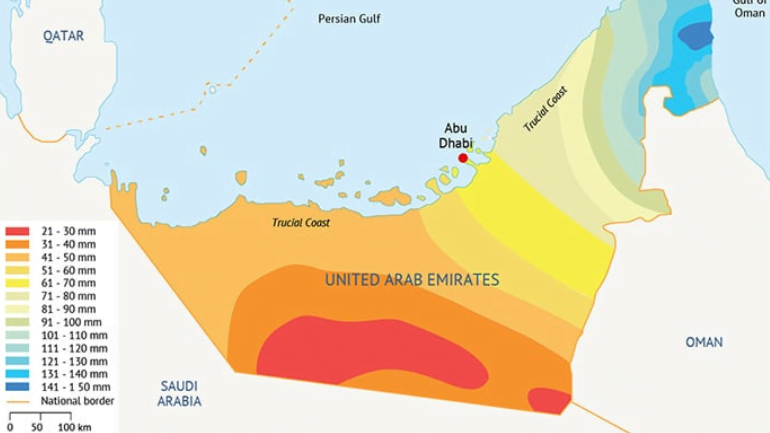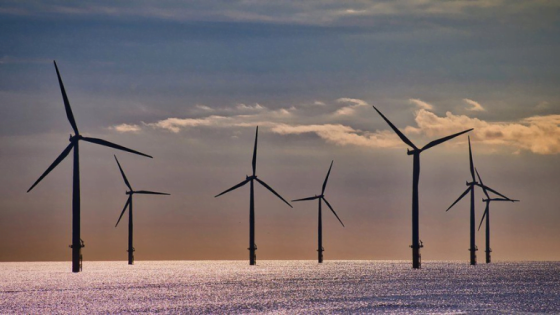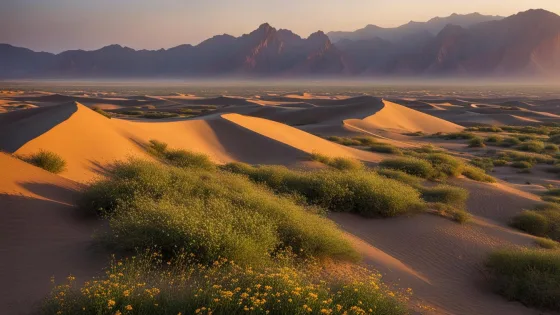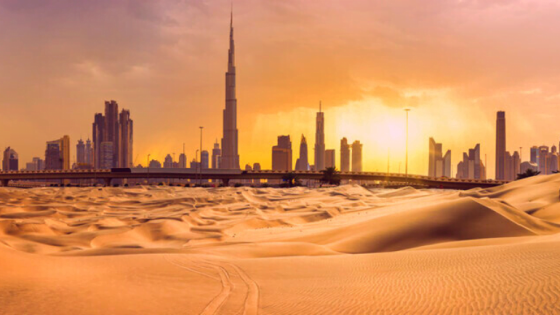Contents
The United Arab Emirates faces significant challenges when it comes to annual precipitation. With only a limited amount of rainfall, the nation has had to adopt innovative techniques and technologies to ensure a sustainable water supply for its growing population. In this article, we will explore the UAE’s annual precipitation trends, the factors affecting it, and the initiatives taken to mitigate water scarcity.
UAE Annual Precipitation overview
In general, the UAE experiences a desert climate characterized by hot and arid conditions throughout the year. Rainfall is very low with an average annual precipitation of around 100mm, making it one of the driest regions in the world. Moreover, the precipitation is highly variable, with rainfall mostly occurring during the winter months from December to March. This limited and erratic rainfall poses significant challenges for water resource management and agricultural activities.
Read more: Impact of Global Warming on UAE
Factors affecting UAE Annual Precipitation

One key factor affecting annual precipitation in the UAE is its geographic location. Situated mainly within the Arabian Desert, the UAE is surrounded by vast stretches of arid land, making it highly susceptible to the scarcity of water resources. Additionally, the country’s proximity to the Arabian Gulf, which has a warmer sea surface temperature due to its shallow nature, amplifies the aridity by limiting the moisture content in the atmosphere. These geographic factors limit the condensation and formation of clouds, leading to reduced rainfall in the region.
Furthermore, climate change exacerbates the challenges faced by the country when it comes to UAE annual precipitation. Rising global temperatures have a direct impact on evaporation rates, increasing water loss from already scarce sources. As the climate becomes more unpredictable, the precipitation patterns further fluctuate, making it even more challenging to manage water resources effectively.
Read more: Extreme Weather Events in UAE
how to overcome UAE Annual Precipitation challenges
To overcome these challenges, the UAE has implemented various innovative strategies to ensure a sustainable water supply. One such initiative is the development of desalination plants. With rapid advancements in desalination technology, the UAE has become a global leader in transforming seawater into potable water. This technology has helped bridge the gap between water demand and supply, reducing the country’s reliance on scarce freshwater sources.
Manage water usage

Additionally, the UAE has promoted efficient water usage through the adoption of advanced irrigation techniques. Drip irrigation, for example, delivers water directly to the plant’s roots, minimizing water loss through evaporation. By implementing such methods, the UAE aims to make the most efficient use of its limited water resources, especially in agricultural activities where water demand is high.
Water conservation and recycling have also been prioritized in the UAE’s water management strategy. The nation has invested in state-of-the-art wastewater treatment plants that convert sewage into reclaimed water for non-potable uses, such as irrigation and industrial processes. This recycling process reduces the strain on freshwater sources and contributes to sustainability efforts.
Cloud seeding
Moreover, the UAE has explored innovative approaches like cloud seeding to enhance rainfall and rising UAE annual precipitation. Cloud seeding involves dispersing substances into the air to stimulate cloud formation and encourage UAE annual precipitation. By leveraging this technique, the UAE aims to increase its annual precipitation, reducing its dependence on desalinated water sources.
Read more: UAE Weather Patterns
How often does it rain in UAE?
The UAE experiences very low rainfall throughout the year. On average, it rains around 5 to 10 days per year in the UAE, with most of the rainfall occurring between November to March.
Why does UAE have a low rainfall?
As a result of frontal systems originating from the western and northwestern directions.
Wgat is the average monthly precipitation in Dubai?
0.6 inches.
In conclusion, the UAE annual precipitation presents significant challenges due to its arid climate and limited rainfall. However, through innovative approaches and advanced technologies, the nation has made remarkable progress in water resource management. From desalination plants to efficient irrigation techniques and water recycling, the UAE is at the forefront of water innovation. While the challenges remain, these initiatives provide hope for a sustainable water future, ensuring the well-being of its residents and the continued growth of its economy.













